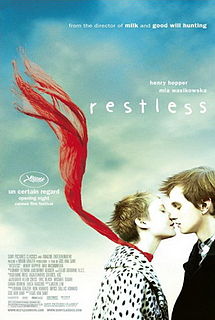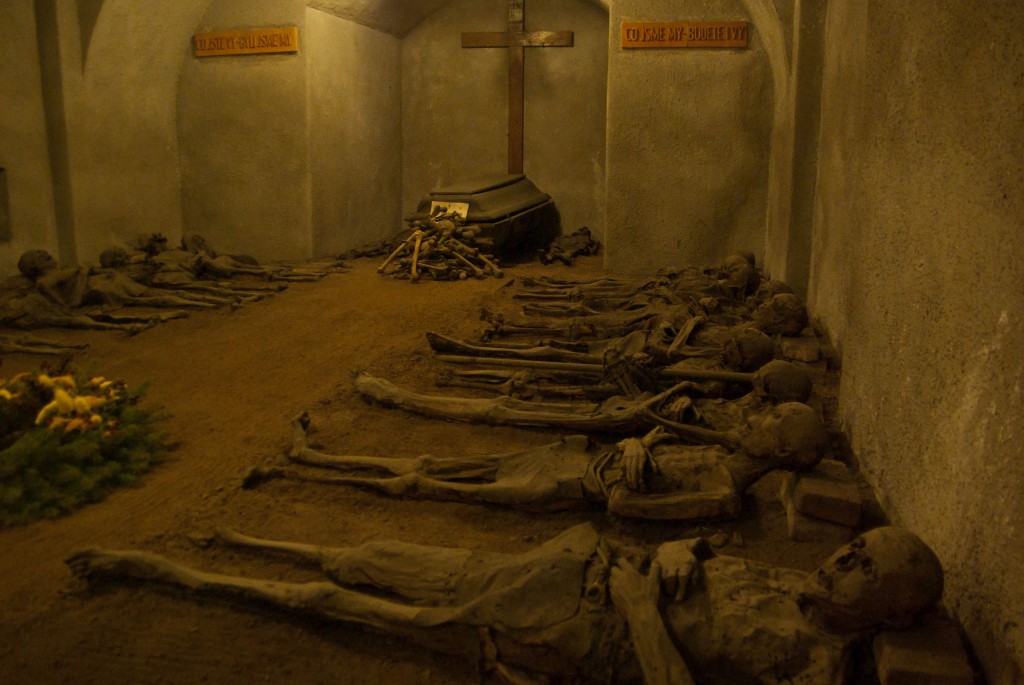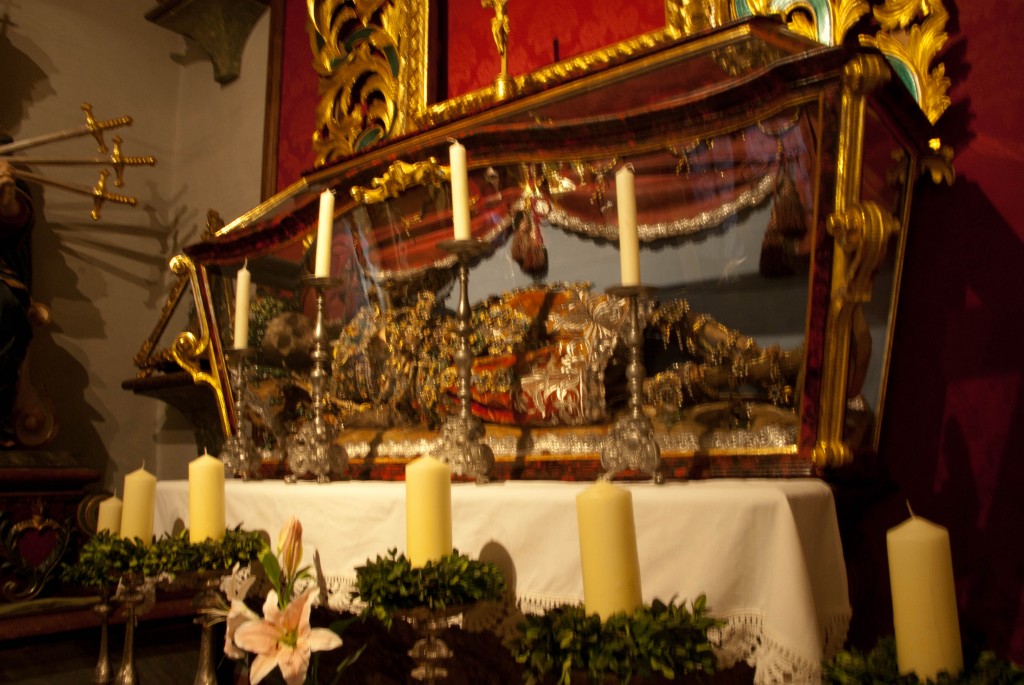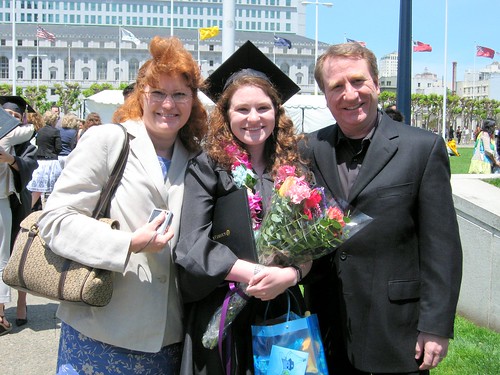As time goes on, it is clear that the world is becoming more technologically dependent. But have you ever thought about how nonmedical technology affects one’s death rather than one’s life? Recently, there have been several applications and tools available through both Facebook and the Apple AppStore that can offer assistance in planning one’s death. These programs range from allowing one to write their will to storing private family information that is later used in legal matters.
 The will is one of the most important documents one can provide post mortem; it lists who inherits what property. Now, one can begin writing or edit their will as many times as they want with the “MyWill” application, a free program that can be downloaded through the Apple AppStore. The user is able to assign certain pieces of property to certain heirs. It also allows the user to assign a new legal guardian for their minor children!
The will is one of the most important documents one can provide post mortem; it lists who inherits what property. Now, one can begin writing or edit their will as many times as they want with the “MyWill” application, a free program that can be downloaded through the Apple AppStore. The user is able to assign certain pieces of property to certain heirs. It also allows the user to assign a new legal guardian for their minor children!
A living will is different than a normal will in that a living will outlines critical healthcare decisions in advance. Thus, if the user is unable to communicate and is in a critical medical condition, this application can be used to access the patient’s wishes regarding medical treatment. “iLivingWill” is a $0.99 iPad application that allows one to do just that.
“If I Die”is a program available on Facebook that allows users to record a message to loved ones and friends if they were to die unexpectedly. The user can choose up to three people to send this recording to via Facebook message.
Another free app that is available is called “Funeral Advice”. It provides video tutorials that allow one to essentially and interactively plan their own funeral. This application guides one in the right direction by suggesting funeral homes, casket choices and steps to take after losing a loved one.
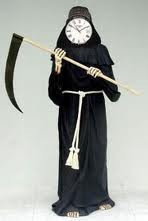
“Death Meter” has been criticized by many people for its lack of credible information. This program gives one an approximate idea of when they will die based oninformation inputted by the user. This program takes into account hygiene, diet, family history and daily activity. There are multiple other websites that serve the same purpose.
Personally, I would probably never purchase or download any of these programs but of all these applications, the one that I would find the most useful is “AssetLock”. With this application, one is able to store important records in reference to financial records, insurance policies and funeral arrangements. Members of the family can then access this information after the user has deceased. “AssetLock” acts as somewhat of a “virtual safety deposit box.”
After reading this article I felt a little “creeped out”. It’s one thing to talk to someone about your death personally with a lawyer and/or funeral director and plan out how you want the ceremonies and legal aspects to be carried out. But the fact that someone can whip out their iPhone on a subway on their commute to work and write a will or allocate their assets is a little too close for comfort. Although some may be skeptical of these tools, programs like these make people more aware of death because its implications and guidelines are accessible at any moment.
I later visited www.findyourfate.com/deathmeter/deathmtr.html and plugged in my information. The Death Meter claims that I will die on June 5, 2079, now we just have to wait and see how accurate that truly is…
Jared Siegel
This article can be found here: (http://www.wisebread.com/six-great-tech-tools-for-planning-your-own-death-0)

